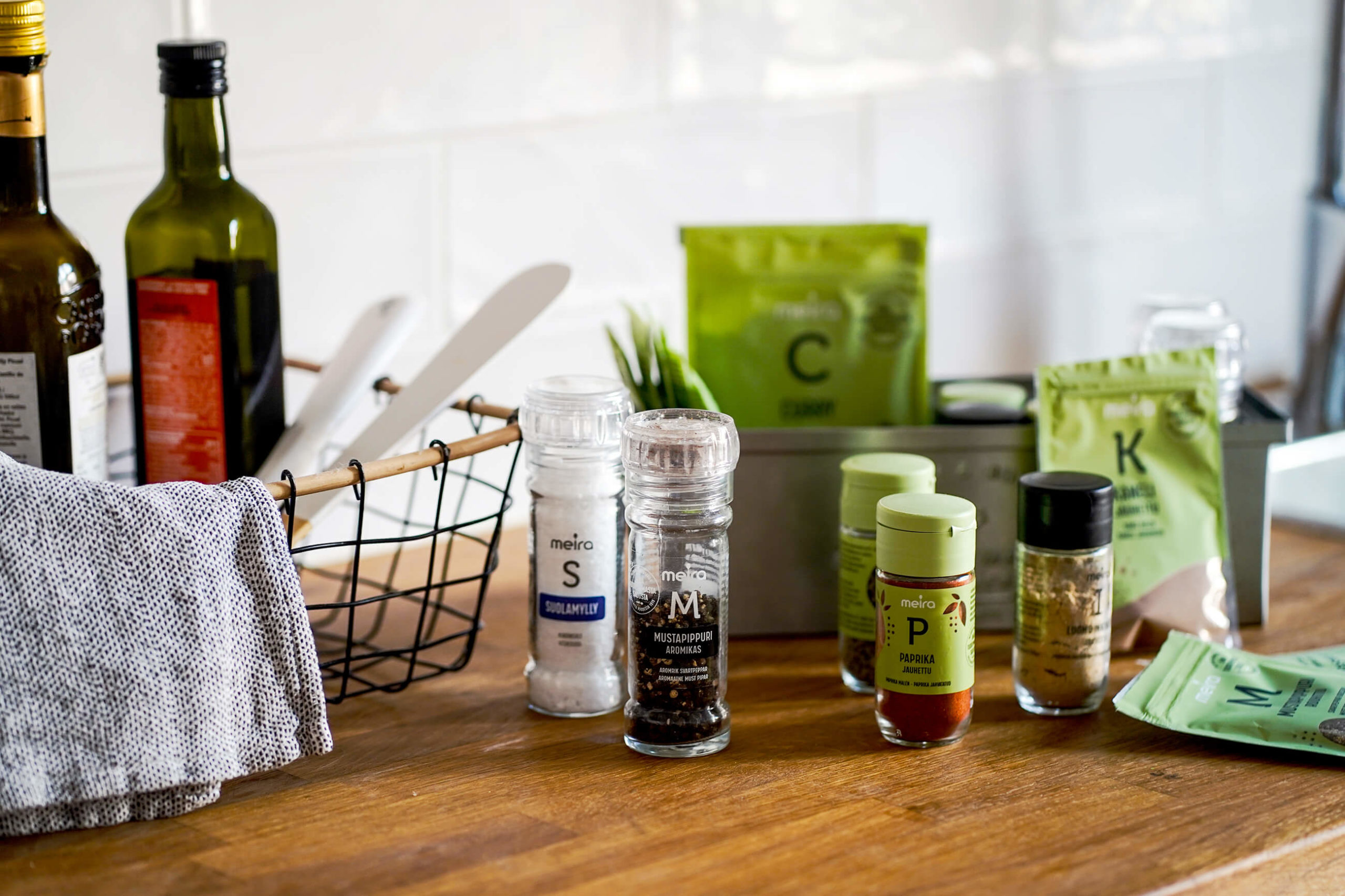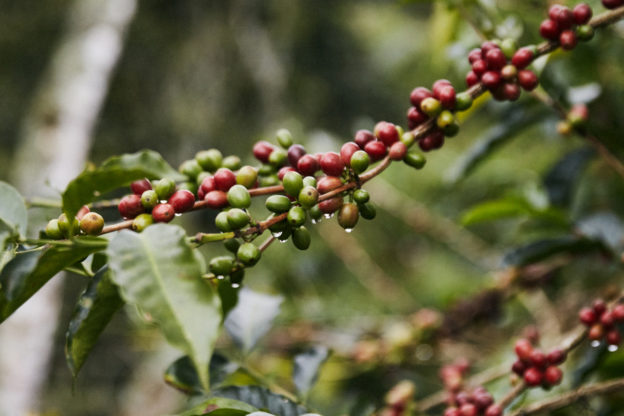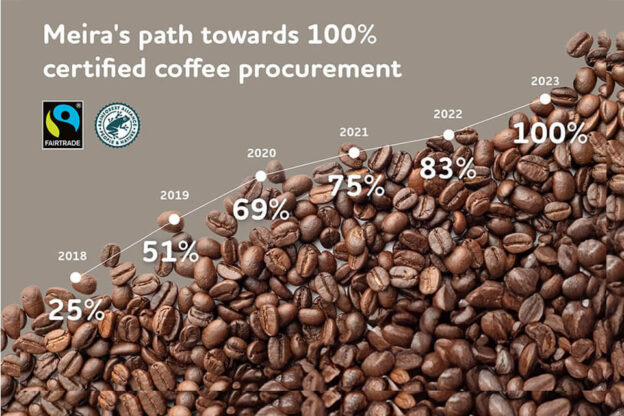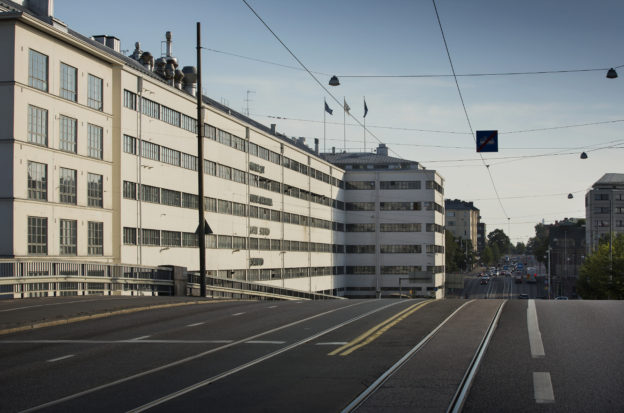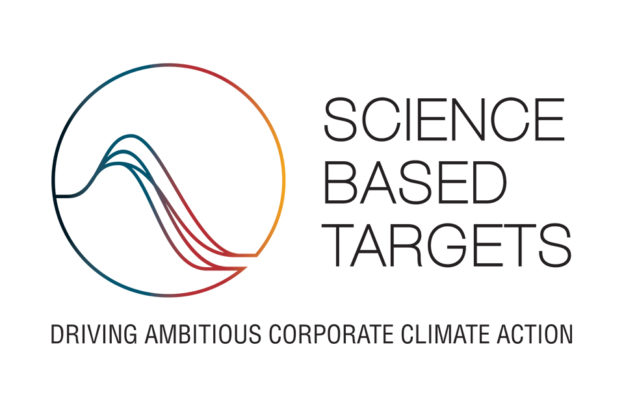Nutritional quality and responsibility guides our product development
Meira is the market leader in spices in Finland and the best-known and most well-liked brand in the eyes of consumers. * More than 98% of Meira’s products are developed and manufactured in our plant in Vallila, Helsinki. Our market leader position keeps us constantly developing our product range, quality and operating methods.
Behind the good taste of Meira spices are high-quality herbs and spices that are always bought from the freshest crop. This means that we never buy the aged spices from previous crops because of their quality and taste has suffered. We only use carefully quality-assured GMO-free raw materials.
We always strive to provide consumers a nutritionally healthy alternative in each product group
Nutritional responsibility is a very important aspect for us when developing products. We minimize e-codes and allergens as well as salt in our spice mixes. In those spice mixes that contain salt, we use iodized salt. We always strive to provide consumers a nutritionally healthy alternative in each product group. For example, in the spring of 2021, we launched Meira Dips, which contains herbs and spices from the freshest crop without flavor enhancers and starch. These dips contain 30% less sugar and salt than dips on average and do not contain E-codes or artificial flavors.
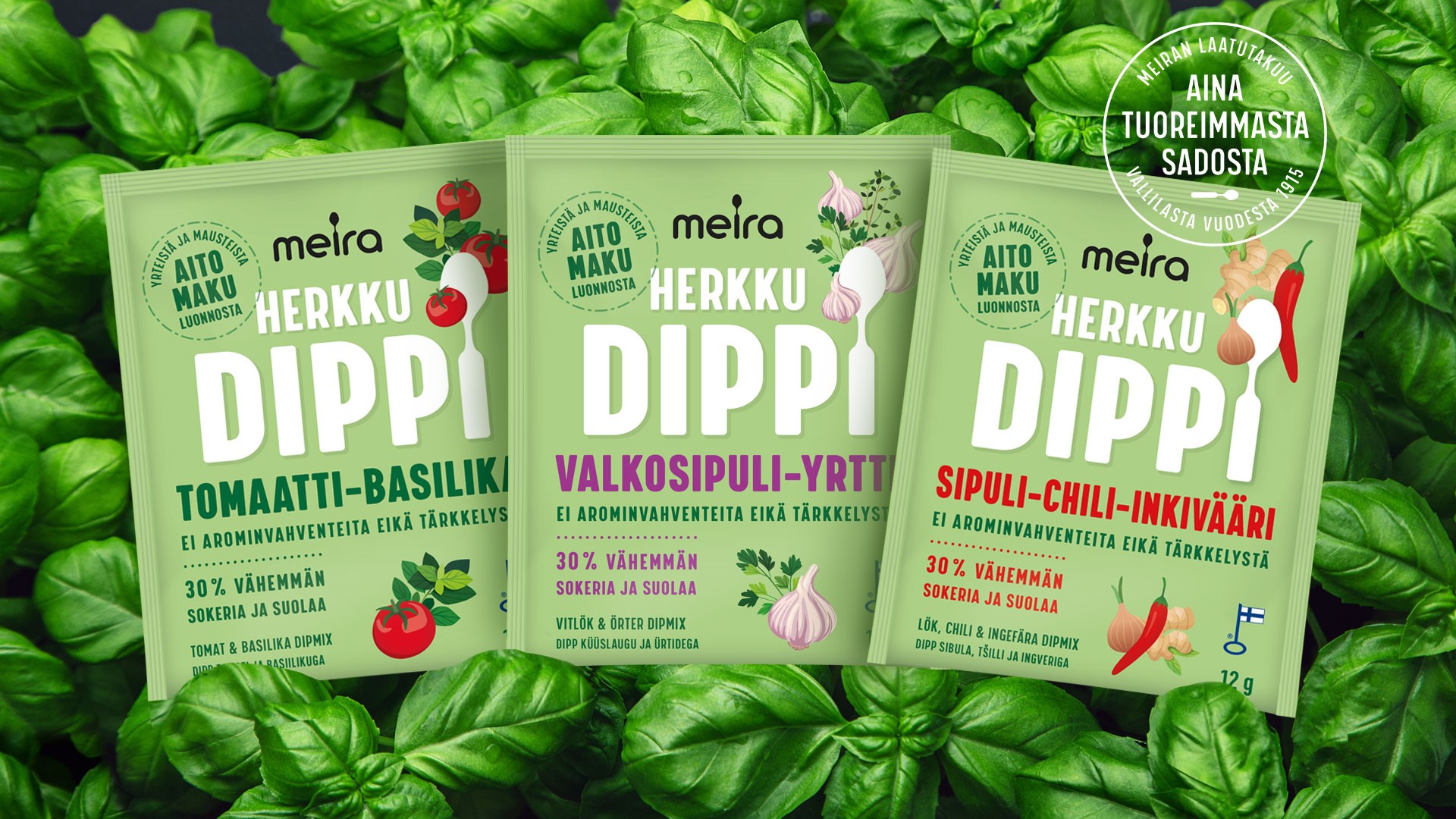
We know the origin of our spices
Spice raw materials are procured to us from all over the world. The trade in spices is global and fragmented – up to 90% of spices come from smallholder farmers. We source more than 80 different spice ingredients from 28 different countries every year. Our main countries of origin are Canada, China, Vietnam, Indonesia, India.
In addition to availability, price and quality, we emphasize the sustainability aspect in the selection and evaluation of our suppliers. Last year, we piloted a self-assessment of sustainability for our raw material and packaging suppliers. The self-assessment is based on our Responsible Sourcing Policy, and it provides us with valuable information about our suppliers’ sustainability principles, challenges and measures. Based on the pilot, the evaluation tool was developed to be clearer. This year we will conduct the survey for all our our major suppliers. We also analyse annually the sustainability risks related to each raw material. This risk assessment guides our procurement team’s work in practice.
In 2021, 54% of the spice’s raw materials came from sustainable verified sources or from low-risk countries. We are pleased with this development, although there is still a long way to go to reach our target of 80% by 2023. Sustainable verified raw materials are e.g. black and white pepper and turmeric, cumin, nutmeg, fennel and clove. Our sourcing, quality and product development teams are working hard on the 2023 target. This year we are working with e.g. onion powder.
In 2021, 54% of the spice’s raw materials were certified or from low-risk countries.
Regarding sustainably verified spice raw materials, there are some availability challenges. They have been caused by e.g. global container shortages and stricter quality and product safety requirements at EU level. We closely monitor these requirements as part of our quality control and product safety processes, and sometimes we need to change the origin or processing method of a raw material because of the requirements. This was the case, for example with green pepper, when in the spring of 2021 we switched green pepper raw material from freeze-dried to air-dried.
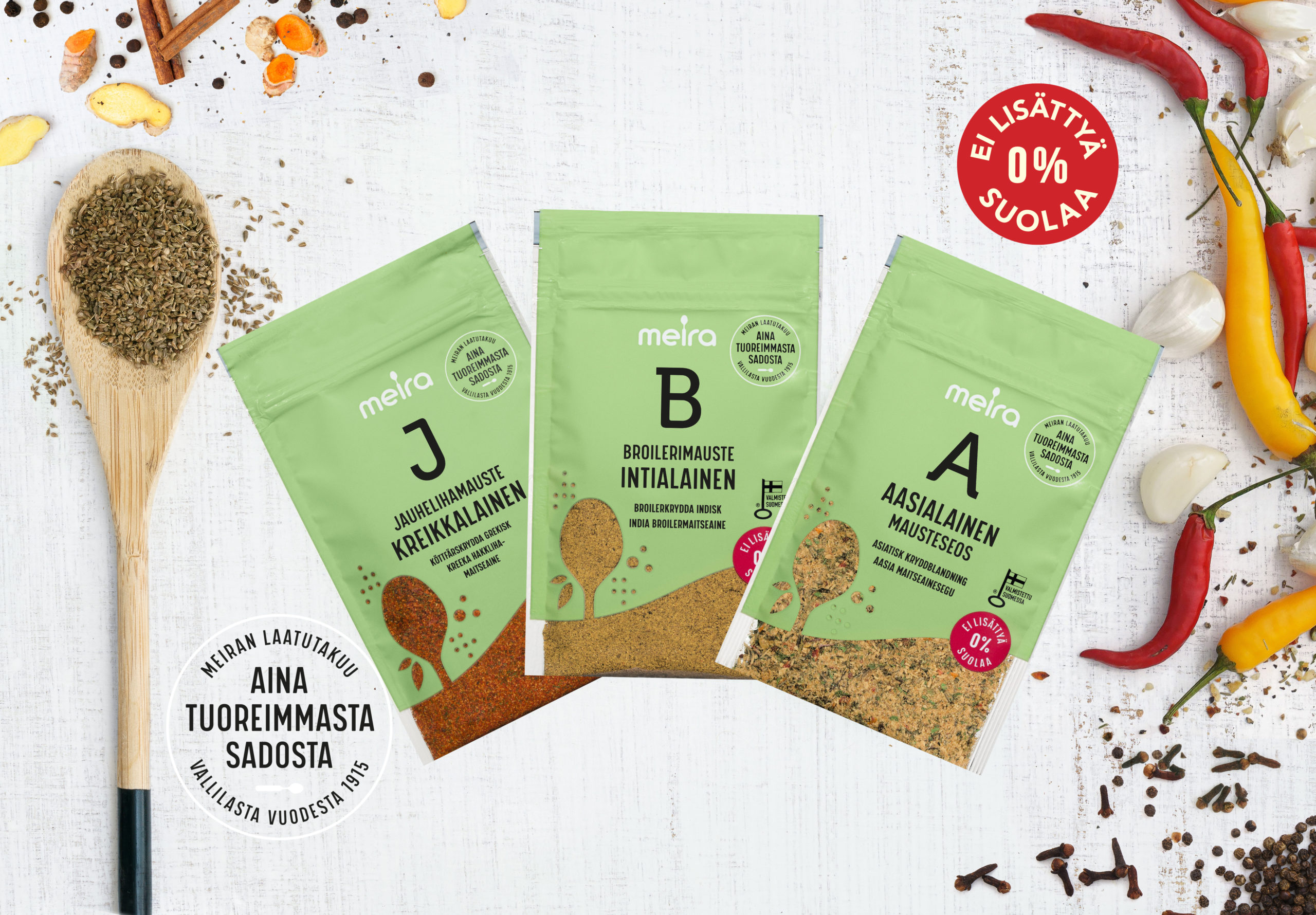
Reducing plastics in packages
Packaging development plays an important role in our sustainability work. Our goal is that by 2030, all of Meira’s packaging will be recyclable, made from recycled or renewable materials. In 2021, 42% of all our packaging met these criteria (based on the kg volume purchased). All our packaging can be sorted into either glass, cardboard or plastics, but many packages still contain either aluminum or so-called multilayer structures, making them difficult to recycle.
Material efficiency is one aspect of packaging development work. Regarding spices, in 2021 we succeeded in thinning the sales unit shrinks and increasing the share of recycled plastic to 40%. In addition, we converted the materials of the sales unit carboards in spices and baking products into recycled fiber. The total amount of plastic we purchased decreased by more than 10% from 2020.
The total amount of plastic we purchased decreased by more than 10% from 2020.
The next areas of development for spices, as well as for coffee, are to find functioning monomaterial solutions that are aligned with circular economy principles. This development work is often slow and requires several different material test runs to succeed.
Producing our spice and coffee products environmental and climate friendly is one our key priorities in our sustainability agenda. These issues will be covered in the next article of this series.
Marleena Bask
Director, Strategy and sustainability
*) Source: Nielsen Homescan, volume rolling 12m ending 03/2021. Source: Meira Brand Health -study 10/2021
